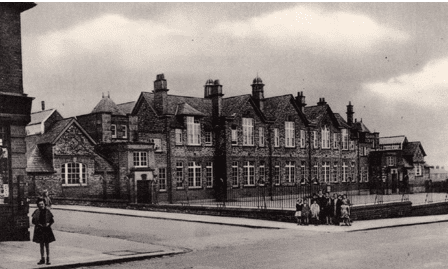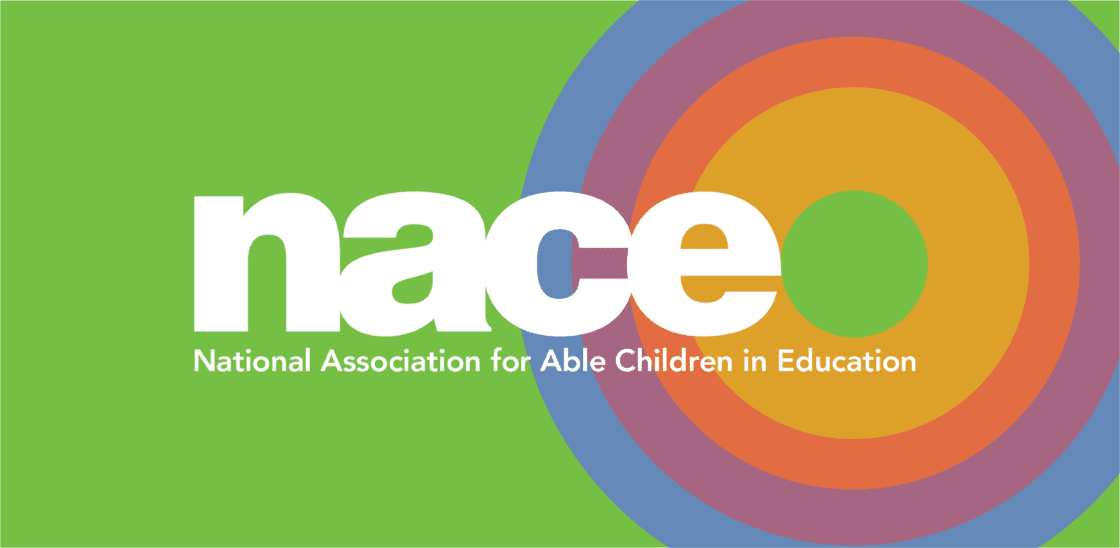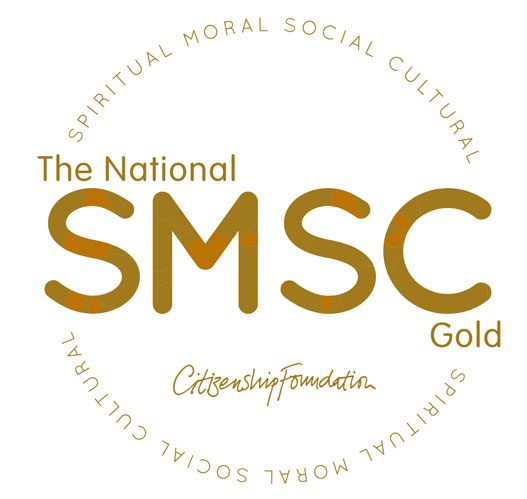Around the year 1825, the village of New Shildon was born with the arrival of the railways. The village rapidly expanded as the railway works grew, employing more and more men followed by their wives and families and, in many cases, their widowed mothers, brothers and sisters. The only form of schooling in the village at that time was provided by the chapels and centred mainly around their religious teachings, Sunday schools and evening bible classes. The schools in New Shildon couldn’t cope with the number of children needing an education. Durham County Council’s newly formed Elementary Education Committee decided that they needed to build bigger, better and more modern schools with the capacity to expand as the population grew and with the facilities and equipment to deliver a first class education.

Opened in 1910 to accommodate the ever-increasing population of New Shildon the “Shildon and East Thickley New Shildon Council Schools” (now Timothy Hackworth Primary School) were opened. Many of the children had not previously attended a regular school and the opening of the Council Schools provided places for 1,100 children on the one site. The building was designed by Mr R Holt of Liverpool and the total cost to build the schools was £21,467 which included the land, buildings, furnishings and equipment. The whole of the site, built on Shildon Road (now Byerley Road) covered an area of 9,000 square yards incorporating playgrounds, playing fields and the buildings.
The opening ceremony was performed by Councillor M Watson JP on Saturday 12 February 1910 at 3.30pm which was followed by a free afternoon tea for invited guests. The school opened to children on 14 February 1910, it’s first headteacher was Ethel M Robinson.
In 1925, as part of the centenary celebrations of the first steam hauled passenger journey which took place on 27 September 1825, the school was renamed the Shildon and East Thickley Timothy Hackworth Council School in honour of the late rail pioneer and “father of New Shildon,” Mr Timothy Hackworth. On 28 June 1929 the boys’ department of the school ceased to exist and the school was then known as the Shildon Timothy Hackworth Senior Mixed School
Changes were made again in 1931 when on 25 August the school opened a new department which became known as Shildon Timothy Hackworth Council Senior Girls’ School. From this date the school site held three schools, Mixed Infants, Mixed Juniors and Senior Girls with a headteacher for each school. In July 1976 the Senior Girls Department was closed and the girls transferred to the newly built Sunnydale Comprehensive School. The infant and junior schools then amalgamated and became known, as it is today, Timothy Hackworth Primary School.
In February 2010 the whole school community joined in a week of events and activities to celebrate the school centenary. Children and staff dressed in edwardian type clothing for the whole week; lessons were held in an edwardian style classroom with a teacher from Beamish Museum; decade performances were given for the parents and the school was re-dedicated by Jane Hackworth Young, the great great grandaughter of Timothy Hackworth. In September 2010 the governors, staff and children were proud to welcome HRH The Duke of Gloucester who visited the school as part of the centenary celebrations. His Royal Highness toured the school and was particularly interested in the architecture of the building and enjoyed taking part in an assembly and unveiling a plaque to commemorate his visit.
To commemorate the school centenary the “centenary working party” produced a professionally published book about the history of the school. “Timothy Hackworth Primary School, A Century of Learning” gives a more detailed account of the history of the school and the town of Shildon. It is available to buy from the school at a cost of £5.00.




















